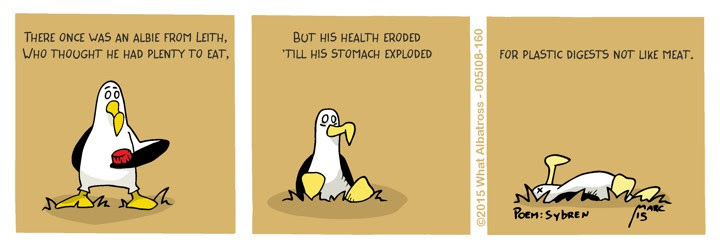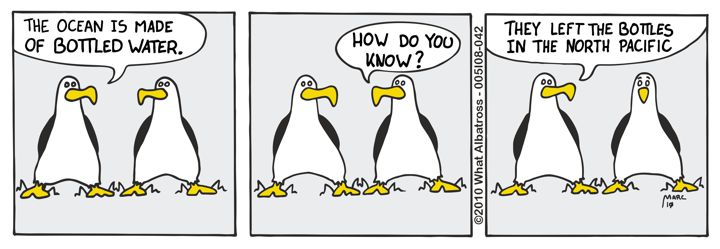
The Albatross and Petrel Agreement’s series of ACAP Species Infographics has expanded with the addition today of an infographic for the abundant and widespread Black-browed Albatross Thalassarche melanophris. The new infographic has been sponsored by the Australian Antarctic Program. This brings the number of ACAP-listed species with infographics produced so far to 11. French and Spanish versions of the latest infographic will follow in due course. As for all the others produced so far, the new infographic has been designed and illustrated by Namasri Nuimim, who is currently based in Bangkok, Thailand.
One more infographic is currently in production, for the globally Endangered Northern Royal Albatross D. sanfordi, endemic to New Zealand. It is being sponsored by the New Zealand Department of Conservation. Both the Black-browed and Northern Royal Albatross infographics are being produced in support of World Albatross Day on 19 June and its theme for this year of “Plastic Pollution".
The infographics have been designed to help inform the general public, including school learners, of the threats faced by albatrosses and what is being and can be done to combat them. They serve to complement the more detailed and referenced ACAP Species Assessments, the concise and illustrated ACAP Species Summaries and the ACAP Photo Essay series.
All 11 ACAP Species Infographics produced to date are freely available for downloading from the ACAP website at a high resolution to allow for printing professionally in two poster sizes (approximately A2 and A3). English and Portuguese language versions of infographics are available to download here, whilst French and Spanish versions can be found in their respective language menus for the website under, Infographies sur les espèces and Infographía sobres las especies. ACAP requests it be acknowledged in their use for conservation purposes. They should not be used for financial gain.
Infographics for three ACAP-listed petrels, to be sponsored by the Australian Antarctic Program, will follow in the second half of the year.
With thanks to Richard Phillips and Cristián Suazo for their reviews, and to Jonathon Barrington, Australian Antarctic Program for arranging the sponsorship.
John Cooper, Emeritus Information Officer, Agreement on the Conservation of Albatrosses and Petrels, 21 March 2023

 English
English  Français
Français  Español
Español 





